|
Acupressure mats have gained popularity in recent years as a natural and non-invasive way to manage back pain. An acupressure mat is a simple and portable device that consists of hundreds of plastic spikes. Laying on the mat is believed to stimulate the release of endorphins, the body's natural painkillers, and improve circulation, helping to alleviate back pain and other chronic conditions. One of the main advantages of using an acupressure mat for back pain is that it is a drug-free and non-invasive treatment option. Unlike pain medications, which can have side effects and may only provide temporary relief, acupressure mats work by stimulating the body's own healing mechanisms. This makes it a safe and effective option for people of all ages and those with chronic back pain who want to avoid the potential side effects of prescription drugs.
Another advantage of acupressure mats is that they are simple and convenient to use. They can be easily placed on any hard surface, such as the floor or a chair, and are lightweight and portable, making them easy to take with you wherever you go. Additionally, acupressure mats can be used in the comfort of your own home, and can provide great source of pain relief between appointments with a professional. The benefits of acupressure mats go beyond back pain relief. Acupressure has been used for thousands of years to improve overall health and wellbeing. When used regularly, acupressure mats can help improve circulation, boost energy levels, reduce stress and anxiety, and improve sleep quality. They can also help alleviate other chronic conditions, such as headaches, neck pain, and sciatica. The pressure applied by the spikes on an acupressure mat can also help to increase blood flow to the affected area, and you can immediately feel the effects of this as warmth, tingling or even an itching sensation on the skin. When you feel this, you know that your body is bringing fresh oxygen and nutrients to help repair damaged tissue and reduce inflammation. This can help to reduce pain and improve flexibility, allowing for improved range of motion and reduced risk of injury. When using an acupressure mat for back pain, it's important to start slowly and gradually increase the amount of time spent on the mat. It's also recommended to use the mat on a soft surface, such as a carpet or blanket, to reduce discomfort. Some people may experience discomfort when using an acupressure mat for the first time, but this is normal and should subside as the body adjusts to the pressure. We suggest if its too intense at first to begin by having a jumper on, or laying a towel or blanket over the mat, and slowly over time you can reduce the fabric layer between yourself and the mat to gain even deeper effects. Want to know more about these mats? Discuss them with our therapists at your next appointment. We're finally back after a long lockdown period, and we're seeing a lot of people with very similar pain issues in their neck, shoulders and backs. Working from home definitely seems to be taking its toll on peoples bodies, so while we're very happy to help you out by releasing those sore, tight muscles, we also wanted to give a few of our top tips on how you can shake up your daily patterns to reduce your pain. Take Regular Breaks
We can't emphasise this one enough!! The most common thing we're hearing these last few weeks since returning to the clinic is that people are working longer hours. Even if you have the most perfect posture, staying in one position for too long can leave you feeling stiff, sore and fatigued. Think about it this way - if we asked you to hold your coffee cup out in front of you at shoulder height, you could probably do that. If we asked you to hold it there for 6 hours without taking a break, your coffee cup would feel like it weighed a ton, your arm would probably start to shake or cramp, and you would end up trying to lock your elbow joint into position to stabilise your arm. Your muscles would be tired and sore. You might even have trouble allowing your arm to lower because you had been stuck in that position for so long, or find that trying to raise your arm again afterwards felt like you'd been to the gym for 10 hours. Try to take a quick movement break at least once per hour. This could be as little as just standing up, stretching your arms above your head, rolling your shoulders or doing a little spinal twist. You could use this chance to drink some water, go to the toilet, make a cup of tea, or stand in the sun. Trust us, your body will thank you for the movement and the chance to reposition. Set Up Your Workstation You're probably not the only one working from your home right now. We know a lot of people have to share their work from home space with partners and kids, and theres only so much space to go around. As best you can, try to set up your workspace so that your equipment is at the right height. This means screens at eye level, mouse and keyboard positioned so your arms can be at 90 degrees, and your chair is at the height that allows you to have your feet resting comfortably. We know this isn't possible for everyone. Some patients we've seen this last week or so have been telling us they have to work from a low coffee table, or at a high kitchen bench, or even working from bed. If this is your situation, please keep in mind that regular breaks are going to be even more important for you! Stretch and Move! There are plenty of easily available online stretching and movement classes that you can use to help guide you through some feel-good motions. Our favourite is Erica Webb's online yoga and pilates studio, which offers a great variety of classes including what Erica calls "movement snacks" which are short 5-10 minute videos that you can do anywhere, any time! Memberships to Erica's studio are less than $10 a week, and include a selection of on-demand classes and live yoga classes. Set Strong Work/Home Boundaries The blurring of the line between work and home has been strong this last year! We're hearing from people that they are often logging in early or continuing to work late to try to get ahead of deadlines or hectic work weeks - and often these extra hours are not even paid hours of overtime! A once in a while overtime session may be occasionally needed, but we encourage you to try to avoid the temptation of working longer hours on a regular basis. Use Your Self Care Tools Massage balls, foam rollers, magnesium creams, heat packs - all of these tools that we talk about in the clinic are really great ways that you can help reduce tightness and tension in your body between treatments with us. If you're not entirely sure how to use them, ask us at your next appointment and we can show you the best way to get into your problem areas using tools you already have, and give you recommendations of new self care tools that are a great investment for your health! (We don't sell any of these products, but we can direct you to reputable stores or websites that you can purchase from) Book a Treatment! Now that you can access manual therapies again, book in with us! We'll help you make some quick improvements to tight aching muscles, and help you plan for reducing pain while you continue to work from home or once you get back to your office! When you have chronic pain, you get very familiar with pain that makes itself known every day. You may have some good days and some bad days, but either way its good to have a toolkit of things you can do at home to help reduce, manage or avoid pain flare ups. This is even more important now, while Melbourne is under Stage 4 Restrictions in response to COVID19 and seeing your Myotherapist is no longer an option. Your toolkit will likely be different to someone elses, but these are some of the things that you can incorporate at home to help keep pain as low as possible.
Gentle movement - Walking, yoga, pilates, dancing, cycling, and other low impact exercises to keep your joints and muscles mobile. What you can achieve may change day by day, work within your own limits. There are plenty of free or affordable online options, my favourite that I'm personally using throughout lockdown is Erica Webb Yoga & Pilates virtual studio ($37 a month for unlimited classes) Stretching - Make time to stretch each day, especially the muscles that feel tightest. If you're working from home, its really easy to get stuck sitting for hours at your desk - or couch, coffee table, hammock, whatever your work from home set up looks like. Self care tools - Foam rollers, tennis balls and spiky balls, acupressure mats, TENS machines: these can all help reduce muscle pain and tension. Don't have one? You can pick these up cheap online on eBay or through sports stores. Hot or cold therapy - Heat packs, hot water bottles, electric blankets to keep you warm and take away some of the ache. Ice packs or cool compresses can work better for acute inflammation areas or for numbing persistent pain. Nutrition and hydration - Eat well, drink water, and avoid foods that tend to flare up your pain. Pre-plan meals and snacks so you can have some easy to grab options on bad pain days where you don't have the energy to cook (or clean!) Stress management - Easier said than done during a pandemic, right? Find things that bring down your stress levels, that will be different for each person, but some classics include reading, listening to music, taking a nap, having a warm soak in epsom salts, booking a telehealth appointment with a counsellor, writing in a journal. Seek support - Don't suffer alone! Reach out for a conversation with your friends, family, coworkers, neighbours. Don't forget there are plenty of services to support you, including talking with your GP, a counsellor, and support groups online. Pain relief - I know a lot of our patients choose not to use pain relievers, but in these times where its hard to get access to hands on treatments that help, you may find that taking pain relief is helpful. This may include prescribed medications from your GP or over the counter recommendations from your pharmacist. Gels and creams - There are a heap of options for topical pain creams, the most commonly used ones include Deep Heat, Fisiocrem, and Voltaren. My personal favourite is a non-pharmaceutical blend by Doterra called Ice Blue Rub, its got a cooling menthol effect that is fairly long lasting, but it is on the pricey side for a cream. A little goes a long way! Sleep - What can you do to optimise your sleep cycle? A well rested body has the best opportunities to repair and recover. Some things to experiment with are an earlier bed time, switching off screens well before bed, changing your pillow, listening to relaxing music. We hope it won't be long now until we're able to offer hands on treatments again. As soon as we know more, we'll make an announcement and get our online booking page active again. Here in Melbourne, we're back in Stage 3 Restrictions. That means that most of our favourite ways to move, stretch and exercise may not be available to us right now, including gyms, yoga studios, pilates classes, martial arts, personal training, and lots more. So what are your options from home to keep moving, stretching and feeling physically well? Here are some of our favourite at home, online accessible resources. Erica Webb Yoga & Pilates Virtual Studio - Erica has an amazing and gentle approach to movement as medicine. Shes fun, insightful, and her classes are suitable for people of all ages and abilities. Erica is a local yoga teacher from Croydon. Her membership subscription costs less than a single traditional yoga class per month.
Nate Bower Fitness - you don't need a boxing bag to be able to follow along with these boxing drills. Guaranteed to get your heart rate up, and lots of beginner friendly classes. This YouTube channel provides free 20-30 minute boxing class videos. Couch To 5K App - Want to start running? This app helps you go from dusting off your old runners, to running a full 5km. Starting with very small bursts of running with big walk intervals, and as your fitness improves the interval timing changes, until you can make it through your full 5km run. I've used this app myself in the past and found it really useful and encouraging. You can use the official C25K app on Apple or Android, or there are plenty of similar versions for free (maybe with a few ads!) Mountain Pilates - Jeanette Tatton is a local pilates instructor in the Hills, and is running Zoom pilates classes each week. Pilates is a great full body workout that is gentle but effective at strengthening your body. Alpha Health - Our good friend Ash and her partner Paul are amazing personal trainers offering online coaching to keep you fit and moving throughout isolation. When Anytime Fitness in Ferntree Gully is open, Ash offers training there, too. What are your favourite online resources to stay inspired and healthy during lockdown? Let us know on our social media channels on Facebook and Instagram! Have you ever found that gentle movement such as yoga helped to alleviate your symptoms, but you struggle to go to a regular class? Here at Simple Wellness Myotherapy, we know how good moving your body can be - for your muscles, joints, tendons and ligaments, as well as your nervous system and your mind! But we also know that it can be tough to get to a class when you're feeling sore or brain-foggy. That's why we sat down with Erica Webb, a Yoga, Mat Pilates and Somatic Exercise Coach for a chat. If you're looking to incorporate movement in the comfort of your own home, her Mindful Movement Virtual Studio might be for you. Hi Erica! Thanks for joining us.
Could you start off by telling us a little about yourself and the Mindful Movement Virtual Studio? Thanks guys! I’m a Yoga, Mat Pilates and Somatic Exercise Coach based in Melbourne, Australia. As well as a mindful movement coach, I am a mother to two young boys and a writer and illustrator. At my core I'm curious, kind, committed and just the right amount of quirky! I truly believe that movement is powerful. Mindful movement is more powerful still. That’s why I created The Mindful Movement Virtual Studio. The Mindful Movement Virtual Studio is an online Yoga, Pilates and Somatic Exercise Studio. It allows you to do your movement practice from anywhere, anytime. But it’s more than just a library of classes. It’s also a space where you’re supported! We talk about mindset, forming habits and other practical elements that make a home practice do-able and sustainable. As part of the Studio, we also offer live masterclasses, weekly Q&As and more. Who is this Virtual Studio for? People who want to feel better in their own bodies! Many of my clients are busy women who want to feel better and know they need to commit to look after themselves and take responsibility. It’s also for people who simply don’t get the chance to go to a local yoga class. It might be that you’re juggling around kids, or that you have pain or a condition that makes it difficult for you to make a regular class. Is there anyone who wouldn’t benefit from this service? I can really only think of two:
Does someone need to have experience with yoga to benefit from the Virtual Studio? Not at all! Many people who join are brand-new to yoga. But for those who do know their yoga, it’s beneficial because we use a lot of techniques and poses that aren’t commonly used in the average yoga class. Do we need to commit a lot of time to see the benefits? No! Most of the classes are 30 minutes or less. There are some that are only 5 minutes, and some go up to an hour. So it’s more about committing little chunks of time on a regular basis, rather than committing to a dozen hours every single week. Do we need to be skinny, super fit, bendy or decked out in the latest activewear to do these classes? Firstly: you can rock up in your PJs if you want to! Secondly, these classes are designed to be inclusive – you can be whatever size, fitness level and flexibility level and still reap the benefits. Do we need fancy equipment? A few of the classes incorporate props, but there are always at-home alternatives you can use. Many people use pillows and blankets as their props! However, you can always filter the classes to find a prop-free video if you need. Are the classes appropriate for people who have pain or ongoing injuries? If you have a condition or injury that might impact your ability to engage in physical activity, I always recommend getting clearance from your health professional first. With that in mind, the majority of classes are gentle and have variations to suit almost any issue. For example, some of the classes can be done while seated. Some of the more advanced classes may not suit for some types of injury or pain that affect the function of your muscles. If you’re unsure, you’re welcome to contact me directly about a specific class and whether it’s right for you. What if we need a little extra support with anything? I’m here to help! I make sure that I’m available for people to ask questions. Feel free to reach out if you need anything. Ok, you’ve got us: how do we sign up? If you’re ready to prioritise YOU, make time to move well and feel well, head to this link to join! The doors are open until Sunday 15th March. Whether you’re an athlete or a weekend warrior, an injury can set you back when it comes to your exercise goals. How you handle an injury can make a big impact on the recovery process. If you want to speed up your recovery and minimise the risk of injury in the future, this is the guide for you.
What to do immediately after an injury So you’re reading this right as you’ve hurt yourself. Props to you for Googling the answer! But on a serious note, it’s good to have the injury assessed by a GP if you suspect a fracture, dislocation or muscle tear. That way, you know right away whether you will need any significant treatment such as surgery or a cast. In the meantime, start with elevating the injured body part. This helps to reduce fluid retention in the area. It also means you’re not on it, so you’re less likely to keep injuring it! Rest and elevation are also a good idea for minor injuries such as sprains and twisted ankles. If you have a pre-made support or brace for the injured part, you can pop it on for some stability and compression. If not, you might like to bandage it if compression feels supportive for you. There is a bit of debate out there about whether heat or ice is best for an injury. Ice is the old-school treatment, and may be useful for reducing pain sensitivity and fluid retention. On the other hand, if there is pain without any swelling, a heat pack or warm bath might help increase blood flow to the area and reduce pain. Once the swelling has gone down This is the time when it’s good to see your friendly local myotherapist. We can’t really help if you’ve just done a significant injury such as a break or a muscle tear. But after the first few days, we can put together a treatment plan to get you back to your everyday life ASAP. Some of the therapies we can offer to help you recover include:
How to support recovery and reduce risk of re-injury Are you ready to jump back into it after an injury? Here are some tips to maximise recovery and minimise your risk of getting hurt again. Start slow – I know you want to jump straight back in, but this is a recipe for disaster! When you’ve been injured, your body part often needs time to strengthen and get back to your pre-injury levels. Begin with low impact versions of movement such as yoga and walking, and build up over a period of 4-12 weeks depending on your injury. Use rest and compression after exercise – if you do find your injured area aching or swelling after exercise, head home to rest and a support or brace. This can minimise the fluid retention and ease any pain you might experience. If you experience sharp or shooting pain, stop – some aches are common as you get back into movement. But sharp, shooting or severe pain is a sign that something is not ok. Stop whatever you’re doing until your pain has been checked out by a qualified practitioner. Eat plenty of nutrient-dense foods – even if your rehab program is perfect, your body can’t recover without the good nutrients you need for healing. Eating plenty of fruit, veggies, nuts, seeds, herbs, spices and high-quality is protein is a good start, according to our nutritionist friend Samantha Gemmell. Work with a myotherapist – a myotherapist can help you with rehab exercises to rebuild strength. But they can also keep you on track with supportive taping and addressing any muscle imbalances. Are you dealing with an injury? Our myotherapist Emily works with people with sports injuries, particularly muscle tears, joint injuries and rehab. Her goal is to get you back to training, events and everyday life as soon as possible while minimising your risk of re-injury. To book an appointment with Emily, head to our booking page and select ‘Emily Wells’ as your practitioner. If you've chosen to see a Myotherapist, theres a good chance that you've got a pain or injury that you're concerned about and you know that it needs more than just a bit of a massage. There are some cases where follow-up may not be needed. But for the majority of pain conditions or injuries, the best long term pain relief comes from a series of treatments specifically designed for you by your Myotherapist. Why do I want to see you for a follow-up treatment? Let me tell you all of the reasons!
Seeing how you responded to the treatment This one is pretty self-explanatory. When you receive a myotherapy treatment, you might respond well, or you might not. A follow-up allows us to check in and see how you recovered, and how the original problem is going. This lets us know which treatment techniques to keep using because they were effective for you, or which ones to drop from your treatment plan. Checking progress with at-home care and exercises Most clients receive either suggestions for at-home care and modifications and/or exercises. During your follow-up appointment, we can check in and see how these changes went for you. Found yourself struggling to do a particular exercise? We can prescribe an easier alternative until your strength or balance improves. Forgot how to do one of your stretches, or not sure if you’re doing it right? This is our opportunity to review it for you. Getting to the root cause of the original issue For most people, one treatment isn’t going to fix the issue completely. In most cases, there is an underlying cause that needs to be looked into. This is particularly important for those with chronic conditions and chronic pain. There are multiple contributing factors to chronic symptoms and pain. Unfortunately, we can’t address all of those factors in just one session! That’s why follow-up appointments can make all the difference. Helping you achieve long-term health goals Do you dream of running your first marathon? Or maybe you want to do an obstacle course with your friends? Perhaps you just want to chase the kids around the park and not pay for it later? Whatever your long-term goals are, we can work on them during a follow-up appointment. Follow-up sessions can really pay off when it comes to long-term goals, even if you experience chronic pain. One of my long-term clients with a chronic pain condition recently achieved her goal of going back to full-time work. She also goes to F45 several days a week – talk about smashing goals! Preventing future injuries Unfortunately, once you’ve had one injury, you are more vulnerable to future injuries. But we can help to minimise the risk of this occurring through follow-up sessions. During a follow-up, we can assess how strong and stable the surrounding muscles and joints are. Myotherapy treatments such as stretching, taping and exercises can all support the area while it heals and minimise the chance of future issues. Ensuring that your injury or symptom doesn’t warrant further investigation If you come in with some pretty impressive muscle tension or pain, it can be difficult to fully assess your situation. Your first session gives us a chance to release those muscles and reduce the pain. But in some cases, tension and pain can be covering up a red flag sign or symptom. With a follow-up, we have the chance to investigate your concerns further. If we do see any red flags, we can immediately refer you to your GP or specialist to get it sorted. Is it time for you to book your follow-up session? You can do that right here. Most people think of painful, deep pressure and extreme stretching when they think of Thai massage. But is that really what its meant to be? I'm currently in Thailand doing a Traditional Thai Massage course, and I want to share some of what I've learnt with you! My teacher, Achang Rin, says there are two main traditional styles of Thai Massage: Royal Style and General Style.
Royal Style is what I'll be learning this week. Its the relaxing full body sequence designed with the King (or person of importance!) in mind. Its less intense, and more "polite" - meaning the therapist doesn't get too up close and personal with the client. This style works well for people who don't have a highly physically demanding lifestyle, who need to relax and be gently stretched. Royal Style uses thumb and palm pressure, and gentle stretches. General Style becomes a bit stronger, because its designed for the every day worker, traditionally people like farmers, builders, and other people with heavy labour-intensive jobs. General Style can also feel a bit more "in your face" - this is where the treatment can start using elbows, knees, feet, and strong stretches. The therapist might even use their body weight, so it can be common for them to climb on top of the client! A thai massage can take anywhere from 90-120 minutes, and covers the whole body. The client starts off laying on their back, then moves to each side, then laying on their front, and finishes in a seated position. I asked Achang Rin if Traditional Thai Massage is really supposed to hurt? She told me no, the purpose of the massage isn't to inflict pain! Why does Thai Massage have a reputation for being a really painful style? Achang Rin explained that in Thailand, many therapists don't complete official massage training. Many of the salons offering massage in Thailand have an in-house training program, where therapists get taught the techniques by one of the other practitioners. She said that often the line of people being trained by untrained people can be quite long, so what is being offered as "Traditional Thai Massage" is really a chinese-whispers version of a Thai Massage. Combine that with the expectations from tourists that the massage will be fairly intense as well as the people who specifically ask for it to be super firm, and the end result can become very different from the treatment you'd get from a properly qualified Thai Massage Therapist. Traditional Thai Massage is done on a floor mat, so while we won't be offering Thai Style treatment in our Ferntree Gully clinic, there are some stretches and techniques that we can adapt to suit a treatment being done on a massage table. I'll be back from Thailand and back in the clinic from June 24, book a time to come and see me and we'll see if any of these Thai Massage skills can be modified and used in your treatment! Do you love your heat pack? Me too!
There are plenty of reasons to keep your heat pack close by, and not just because we're entering winter! Heat treatment is great for muscle pain - its cheap, effective, and drug-free! Have you ever wondered why heating your sore muscles helps them so much? Some pains are categorised as ischaemic pain - that means that the tissue has a reduction of oxygen supply which is needed for normal cell activity. This tends to happen if we're in positions that compress or over stretch areas for a long time - like sitting at a desk for a few hours without getting up to move around. Heating an area increases the local blood flow, which means the blood vessels widen to get more fresh, oxygenated blood into your muscles and joints. What kind of pain should you use heat for? Many kinds of non-inflammatory pains will respond really nicely to heat, including things like cramping and spasming, stiffness and persistent tight or pulling muscles. Heat packs are easy to use for neck, shoulder, lower back or hip pain. If you have a lot of painful areas, a warm bath can be another great way of getting heat into your muscles - why not add some Epsom salts for the added magnesium benefits for sore, tight muscles! When should you not use heat? Avoid heating up any fresh injuries, especially if you have open wounds or if the injury has become infected. These kinds of injuries will be in the inflammatory stage of healing - you'll be able to tell because the area may be swollen, red and hot, and most likely it'll be much more sensitive than usual! Of course, you do need to be careful with heat packs or hot water bottles to make sure you don't burn yourself. Always wrap your heat pack or hot water bottle in a something like a pillow case, thin blanket or a towel so you don't have the hot surface directly on your skin. Using heat for too long might give you heat rash, so I usually suggest about 20 minutes at a time. Heat on its own is more for symptom relief than for resolving the underlying issue. If you have an injury or feel that you have a lot of long term tension built up in the muscles, book a treatment with your local Myotherapist. We’re a nation of sports lovers. One in five Aussies regularly participates in competitive sports, and many more engage in non-competitive activities. But with sports comes a risk of injury. The good news is, you can work to prevent injuries before they even happen. Let’s look at how myotherapy can reduce your risk of injury. Why prevention is better than treatment
You might wonder why it’s smarter to put in the time and effort to prevent injuries, rather than just treating them. Here’s why:
How myotherapy can help prevent sport injuries Ready to stop injuries before they even happen? Myotherapy is a must-have therapy in your toolkit. Here are just some of the ways that myotherapy can help prevent sport-related injuries: We explore the balance of your muscles – It’s a little known fact that most of us have imbalances between the muscle groups. This is particularly true in sportspeople, as they train the muscles they need, but often neglect other groups. The problem is, imbalanced muscles leave you more open to injury. During your myotherapy assessment, we can check your muscles and spot any imbalances early. That way, it’s easy to prescribe exercises and stretches to correct the problem – BEFORE you get injured. It helps with recovery after an intense training session – nobody likes being super sore after an intense training session. But using bodywork techniques and targeted stretching, myotherapy can help to loosen up tight muscles and mobilise joints. This can increase circulation to the muscles and boost recovery. So your soreness will fade in no time! We can personalise at-home care to your needs – if you have any old injuries or muscle imbalances that need some extra TLC, myotherapy is there to help. Together, we’ll craft a care program to your needs that might include exercises to stretch and strengthen your muscles, and using self care tools like foam rolling, spiky massage balls or hot/cold therapy. Taping can help to stabilise muscles and enhance performance – taping isn’t just for looks! It can stabilise muscles that may be at risk of injury. Plus it can help to enhance performance by supporting key muscle groups needed in your sport. So it can give you that real competitive edge for the big events. Ready to get a tailored plan to keep you fit and ready for your sports? There’s no better time to organise on-going management for your body than today! Be sure to book in your appointment now. |
Meet Our Team
We have a team of great practitioners available 7 days a week at our Rowville clinic. Archives
July 2024
Categories
All
|
Got a question about Myotherapy?
Contact Mel by phone, email or Facebook
|
Simple Wellness Myotherapy & Remedial Massage Clinic
Shop 12B 150 Kelletts Rd Rowville VIC 3178 |
Phone us on
03 8204 0970 |

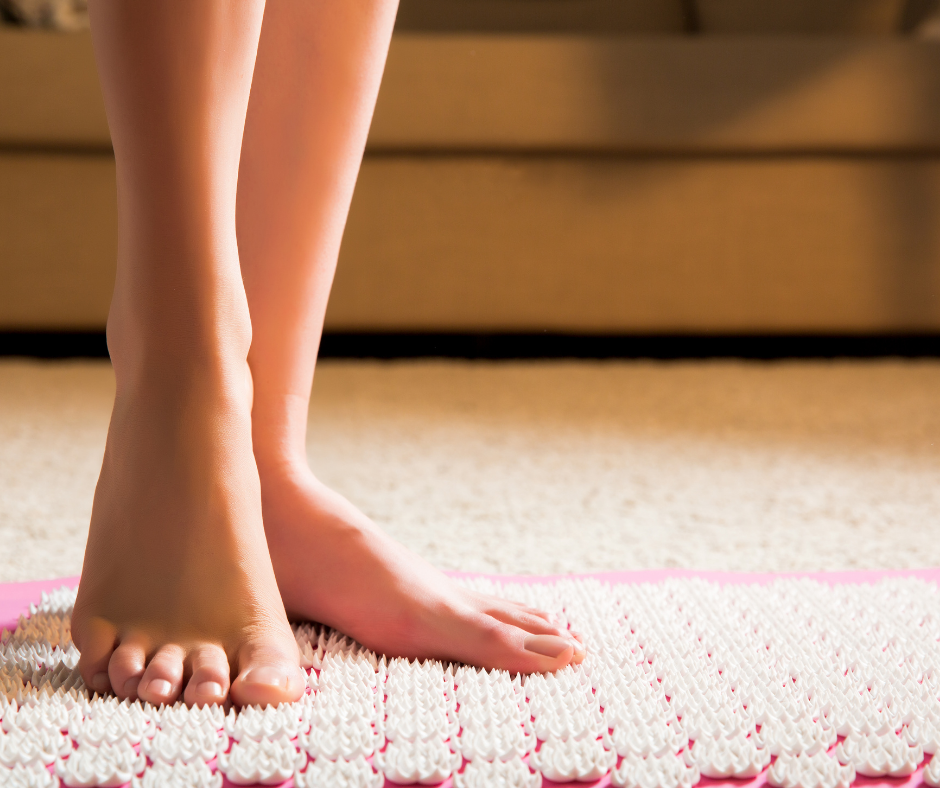
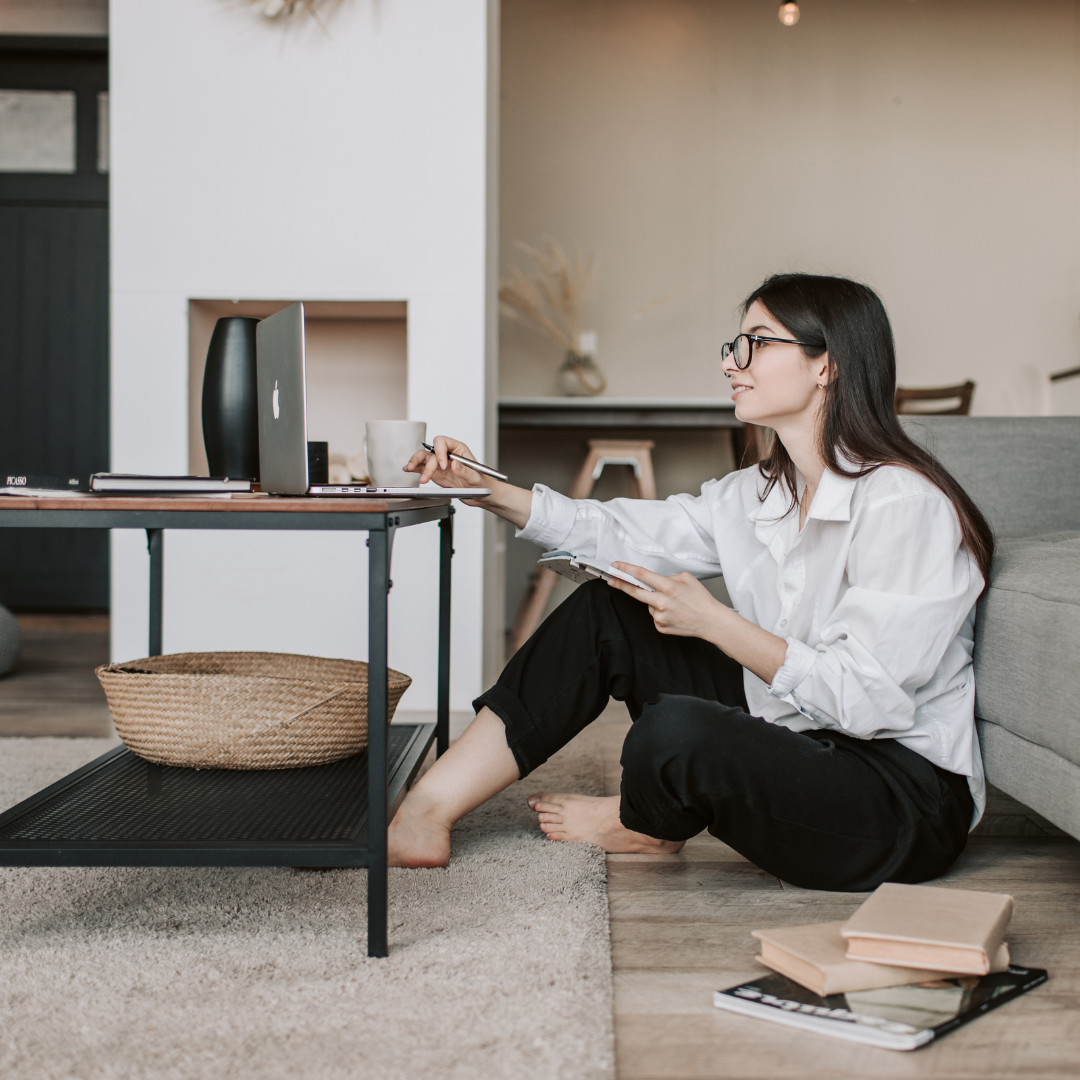
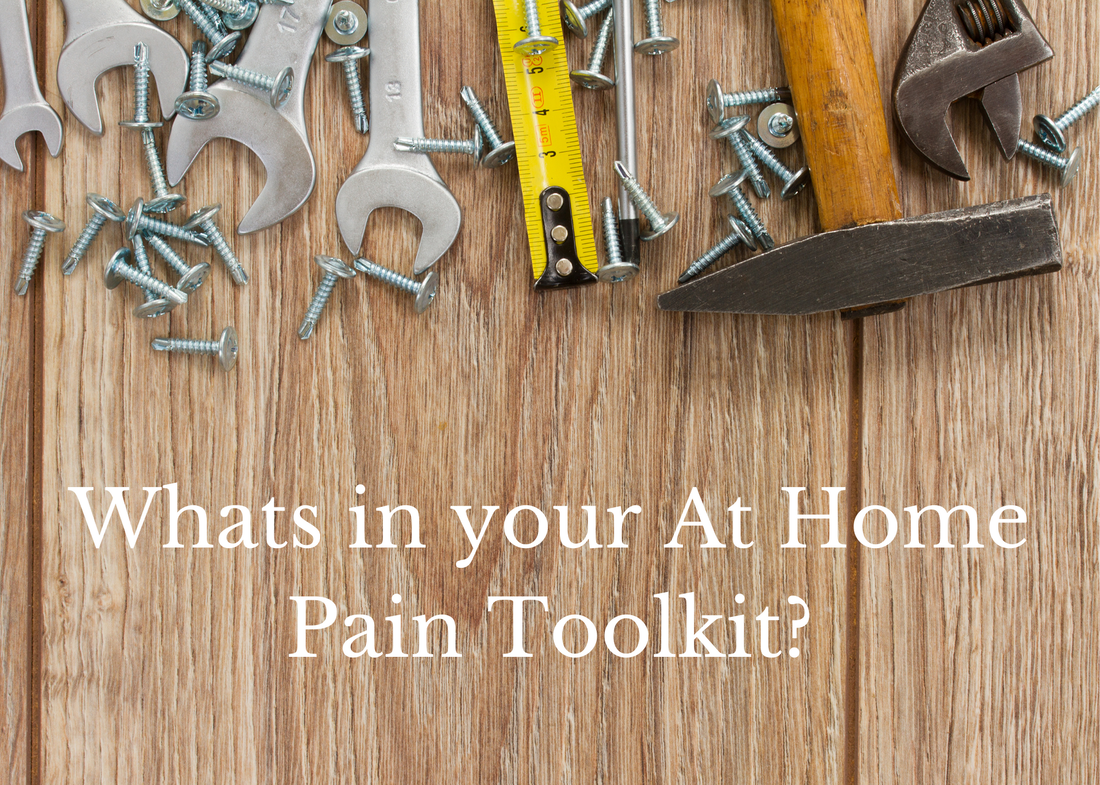
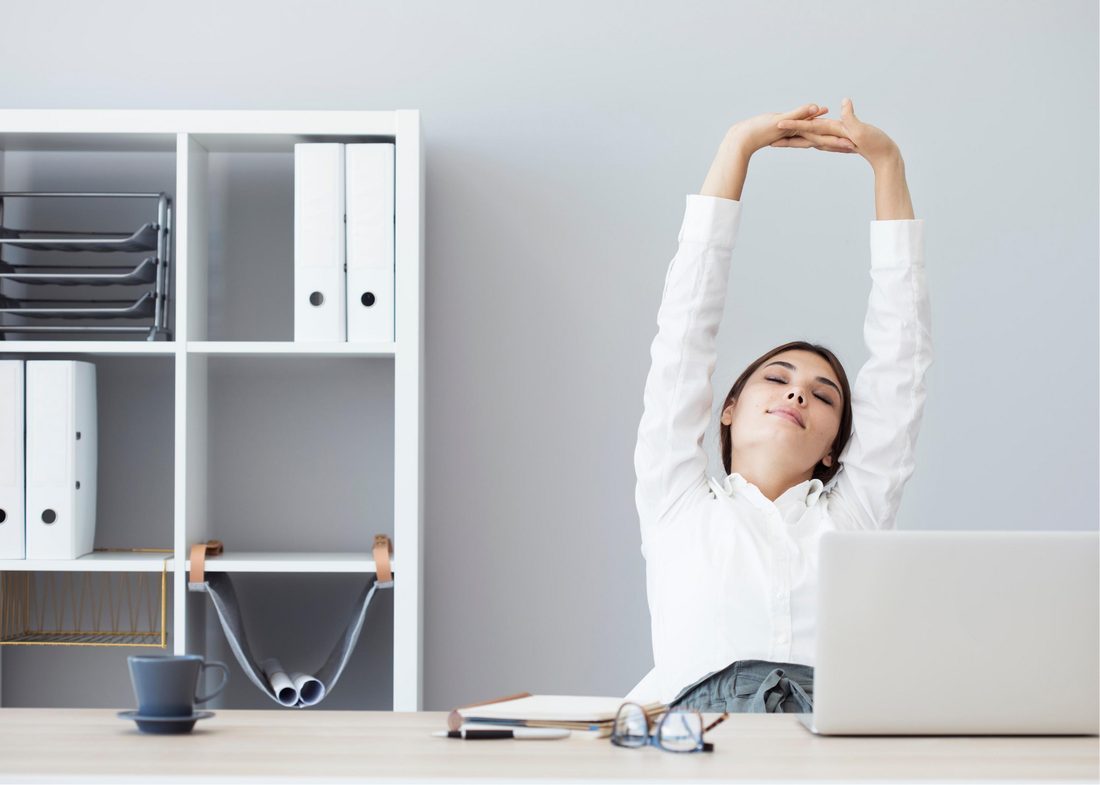
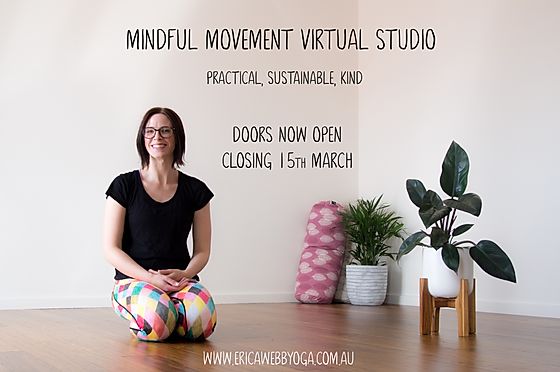

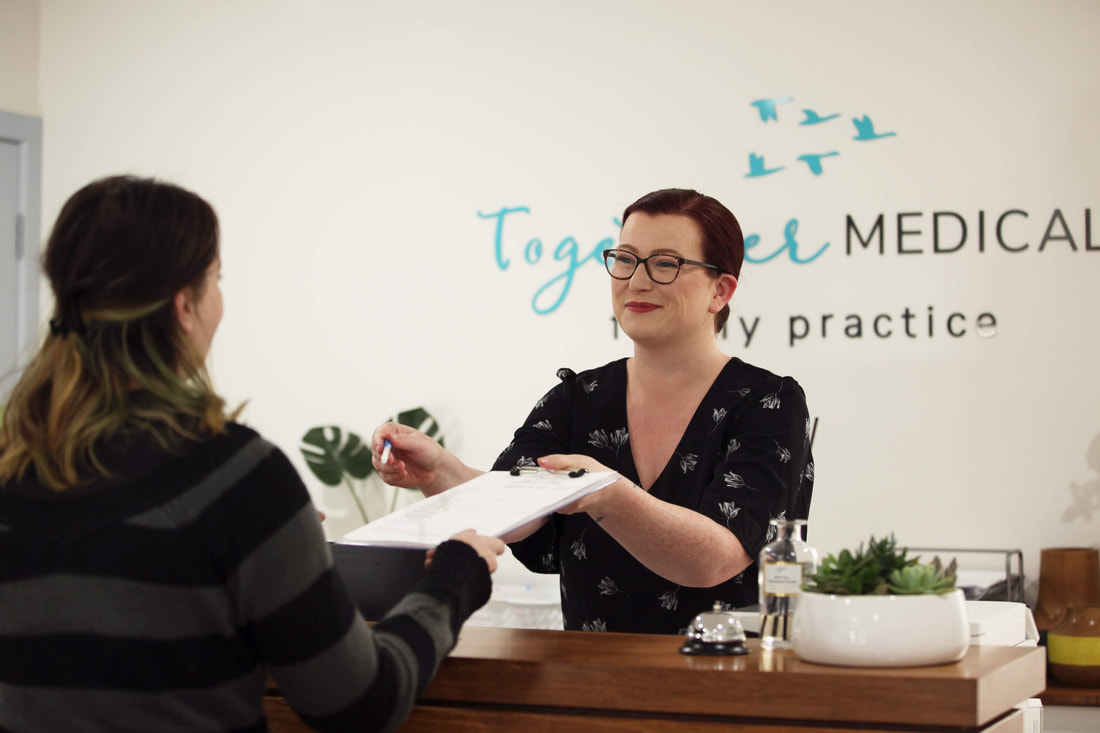
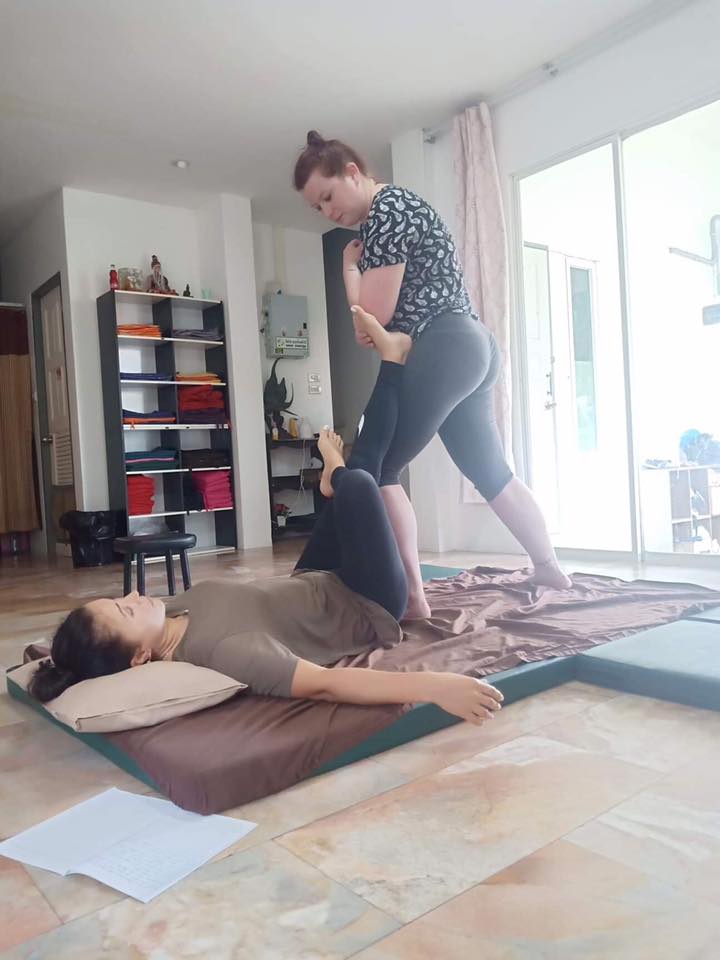
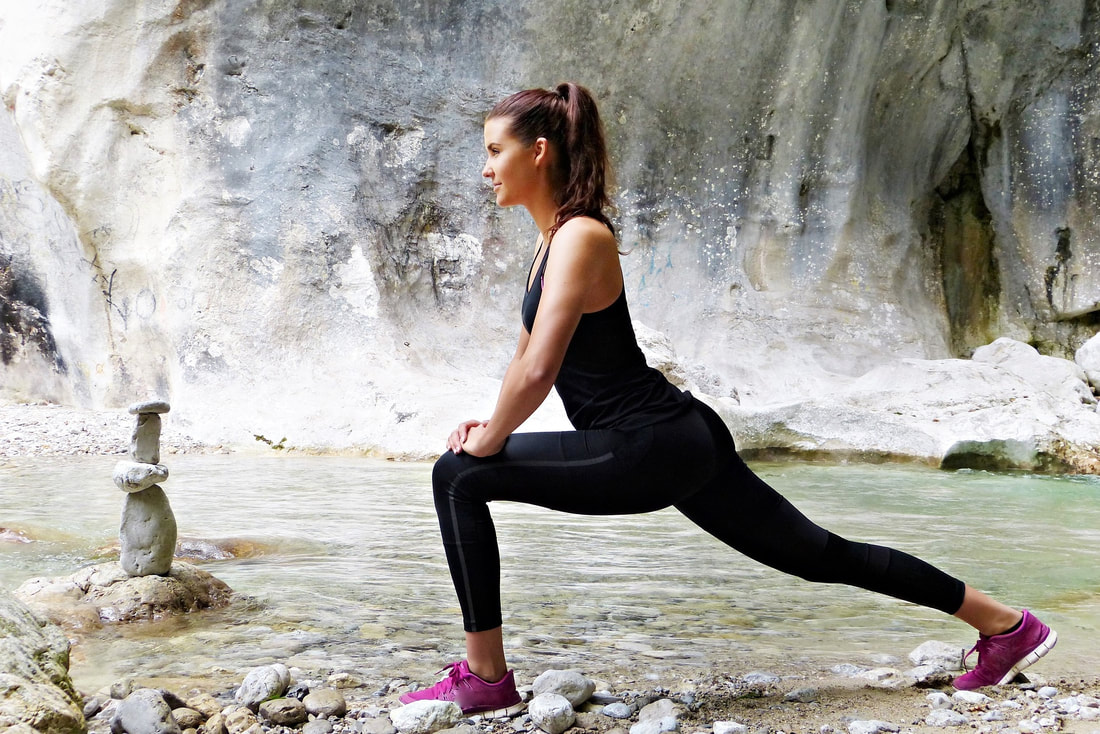
 RSS Feed
RSS Feed